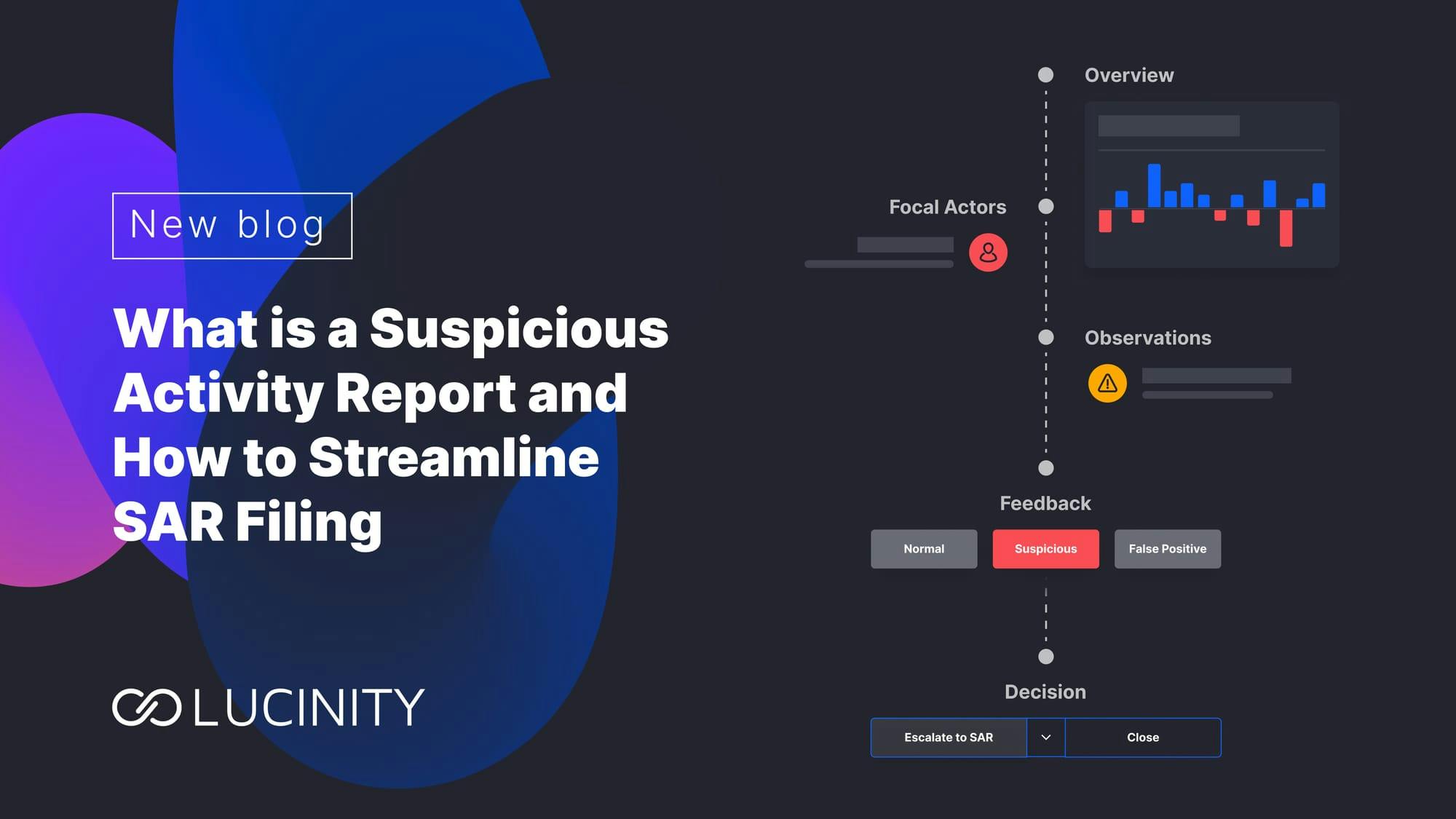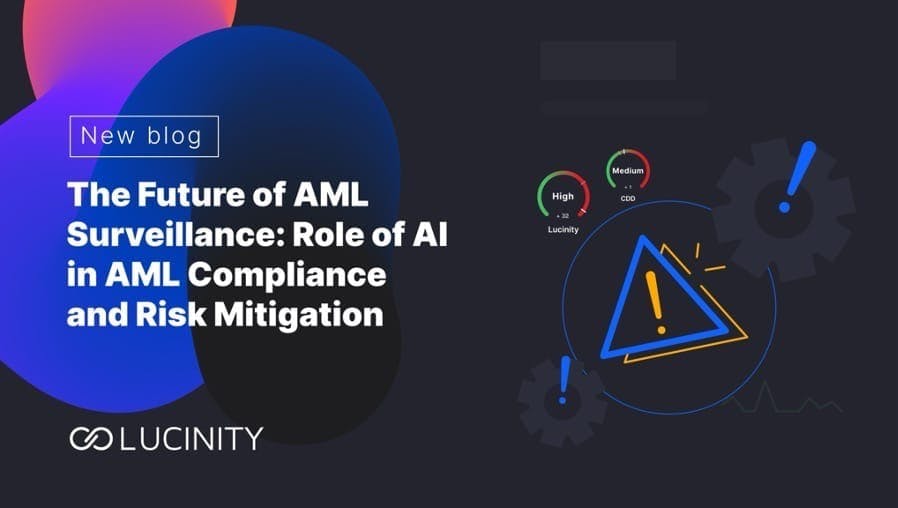AML Compliance: What You Should Know
AML compliance includes processes, policies, and training. Financial Institutions (FI) have invested heavily in Compliance, but each year they've been careful to ensure that FIs covered other risk functions and reputational risks
ML (Money Laundering) seeks to conceal the profits of crime, ranging from "minor" tax evasion to large-scale drug trafficking, public corruption, and the financing of groups designated as terrorist organizations.
A widely used term in the Financial Services industry is "AML" (Anti Money Laundering), but it encompasses multiple aspects, from the data used to the systems that process it. AML compliance includes processes, policies, and training.
The Top Level View
AML is a framework of laws, regulations, policies, and procedures that uncover efforts to disguise illicit funds as legitimate income.
In 2020, a United Nations panel estimated annual money laundering flows at USD 1.6 trillion, which accounts for approximately 2.7% of global GDP. Over the last decade, the fight against Money Laundering (ML) has evolved from its original regulatory scope to a broader range of goals, including social and political responsibility and touching upon sensitive subjects such as the environment.
It's Just Risky Business
Financial Institutions consistently invest in Compliance, as well as in other risk functions, but this does not seem to significantly abate Money Laundering activity across the Globe. At any rate, ML affects economic development, particularly in developing financial centers that lack adequate controls.
It could be argued that developing markets can’t afford to be selective about the sources of capital they try to attract and secure, but not acting upon ML just reinforces the roots of organized crime wherever it tries to settle. ML infiltrates FIs, enables the acquisition and control of key institutions and large sectors of a country’s economy, which has a direct and negative impact on their underlying societies.
Taking A Different Approach
Traditionally, anti-money laundering investigations targeted the reporting of complex transactional networks and the investigation of suspicious customer behavior. However, new views aim towards targeting the bloodline of organized crime. Instead of following the money, efforts should proactively put the crosshairs on the funds fuelling the predicate crimes associated with ML.
Improved efforts can accomplish that through enhanced systems and data-driven procedures. The insights gained by utilizing powerful tools, such as Lucinity’s platform, can be shared in a progressively closer and more collaborative environment formed by Regulatory bodies, Financial Institutions, law enforcement, and technology providers.


